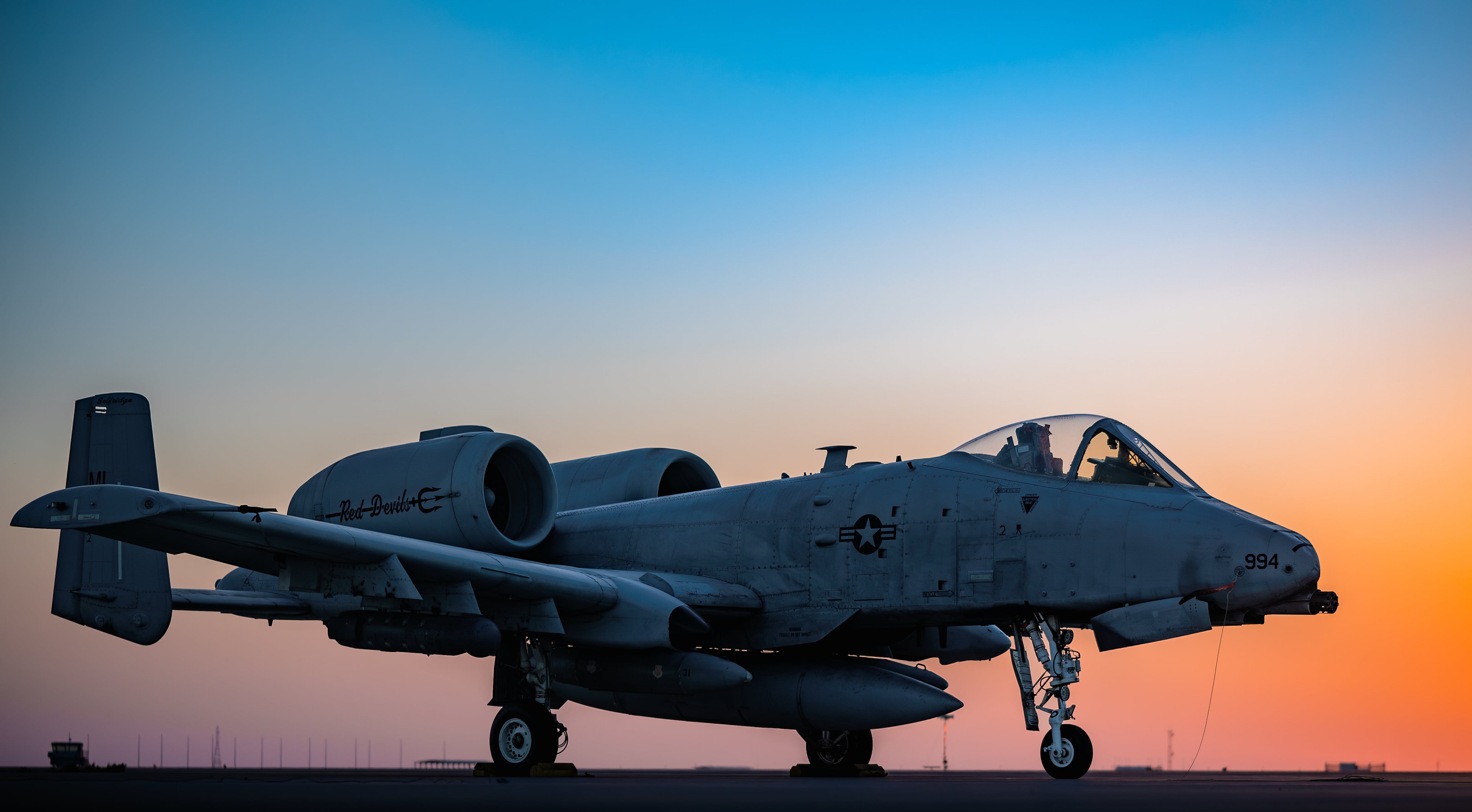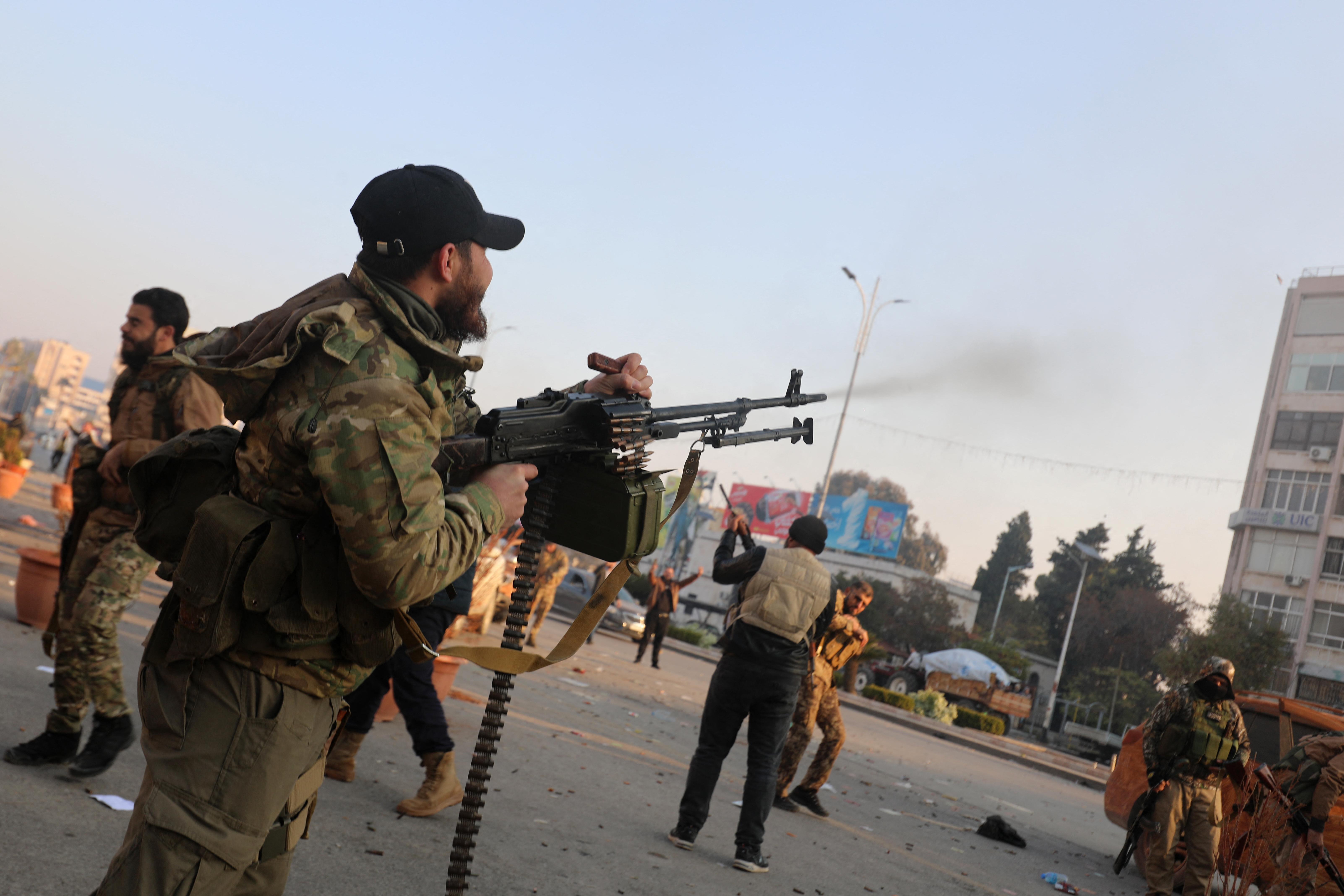[ad_1]
The U.S. more than doubled its number of troops in Syria — from 900 to around 2,000 — before the fall of President Bashar al-Assad’s government, the Pentagon said Thursday, publicly disclosing the surge for the first time.
In a rare step, Pentagon Press Secretary Maj. Gen. Pat Ryder opened the regular Thursday briefing at the Pentagon with the admission.
“I learned today that, in fact, there are approximately 2,000 U.S. troops in Syria,” he said.
RELATED

Ryder had previously told reporters that there were 900 such forces in the country as part of America’s decade-old fight against the Islamic State group. These troops are deployed for nine to 12 months at a time, he said Thursday, as opposed to the 1,100 extra forces who are being surged for a shorter window of 30 to 90 days.
Ryder could not share where the troops came from, what units are involved or their specific mission — other than it concerns the mission against ISIS and that most of the troops are from the Army.
Pentagon spokespeople were scrambling Thursday to answer further questions from reporters, including where the troops are operating and how it’s possible so many extra forces are in the country without their knowledge.
“I’m confident that the secretary is tracking U.S. forces deployed around the world,” Ryder said. “There oftentimes are going to be diplomatic or operational security considerations as it relates to the deployment of forces,” and whether they’re made public, he said.
Ryder said Defense Secretary Lloyd Austin did not order the surge of troops to be kept private. Ryder also did not directly respond to a question about whether any part of the Defense Department attempted to conceal the information, since the Pentagon has publicly said the number of troops in the country is 900 for years.
He said Austin and Gen. Erik Kurilla, the head of U.S. Central Command, have not discussed the issue despite the two speaking often.
Late last month, Syria’s ruling Assad regime fell after 50 years in power, when rebels stormed the capital of Damascus following a rapid offensive. The U.S. and Israel have since been pounding the country with airstrikes, hitting targets that were once off-limits due to the regime or Russian forces operating in the area.
U.S. Central Command conducted two large strikes in the last two weeks, the crescendo to a rising campaign against ISIS that’s involved more raids in Syria and Iraq over the last several months.
The extra forces were inside Syria before the regime fell, Ryder said.
Meanwhile, President-elect Donald Trump has publicly called for the U.S. not to get further involved in the country. During his first presidency, Trump tried to withdraw American forces from the country, leading his first defense secretary to resign.
Since Israel’s war in Gaza began last year, American troops in the Middle East — including Syria — have been under increasing fire. There have been at least 181 attacks on U.S. forces in the region since Oct. 17, 2023.
Noah Robertson is the Pentagon reporter at Defense News. He previously covered national security for the Christian Science Monitor. He holds a bachelor’s degree in English and government from the College of William & Mary in his hometown of Williamsburg, Virginia.
[ad_2]
Source link






